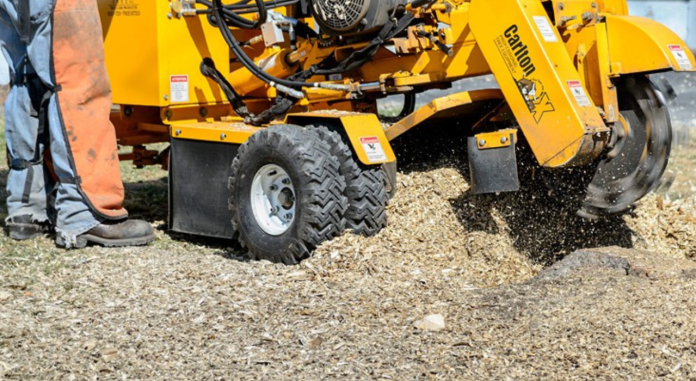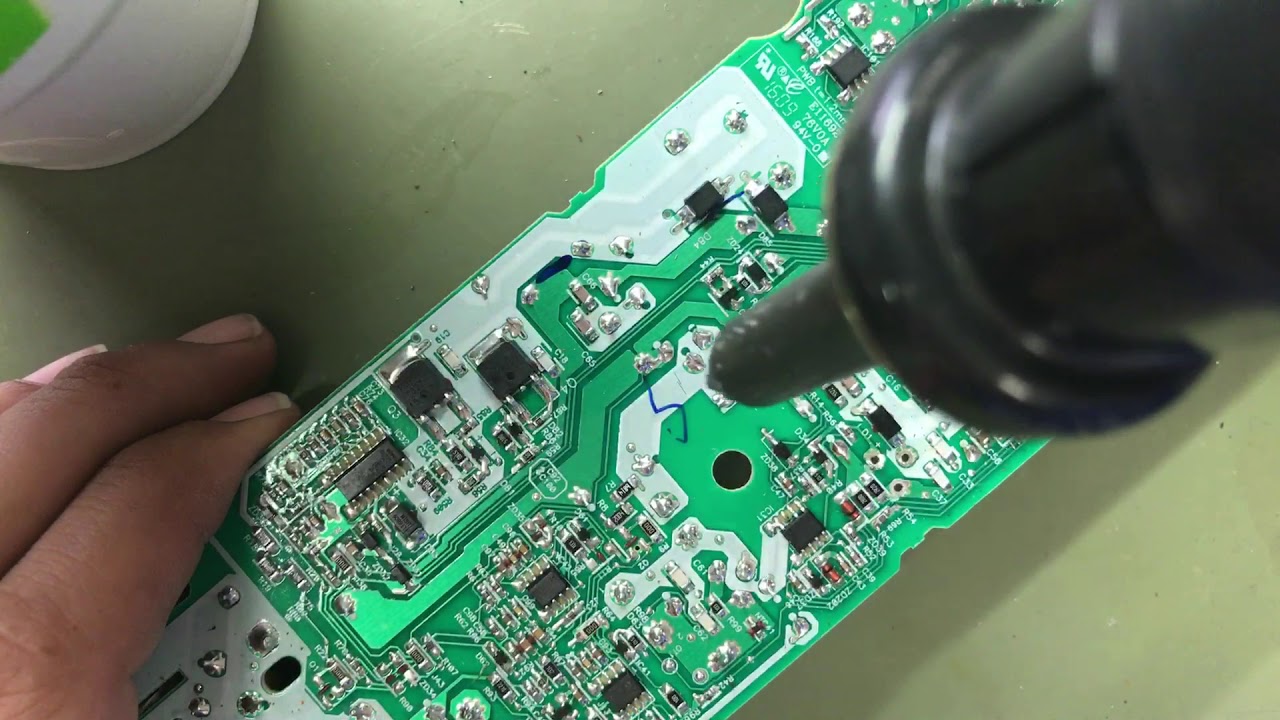FAE mulcher teeth are specialized cutting gear designed for forestry mulchers synthetically by using FAE Group, an enterprise chief in land clearing and plant life control systems. These teeth are critical additives that shred and mulch plants, inclusive of timber, brush, and other organic particles. FAE mulcher teeth are generally crafted from high-grade materials, which include metal or carbide. Steel teeth provide affordability and flexibility, making them suitable for preferred-purpose mulching in much less worrying situations.
Carbide teeth, alternatively, are recognized for their superb hardness and wear resistance, making them best for tough programs and prolonged use in abrasive environments. The design of the fae mulcher teeth varies based on the supposed use and mulcher model compatibility. Distinctive tooth shapes and configurations optimize overall performance and efficiency, ensuring effective cloth processing while minimizing fuel intake and equipment wear.
Factors to Consider When Selecting FAE Mulcher Teeth
Here are the key elements to recall:
Material Composition
The material composition of FAE mulcher teeth, typically high-grade steel or carbide, substantially influences their sturdiness and performance. High-grade steel teeth offer stability in price and strength, making them suitable for standard applications. Carbide teeth offer advanced hardness and wear resistance, making them best for demanding conditions and an extended lifespan. Choosing the proper material composition depends on the particular vegetation, debris, and environmental factors encountered throughout mulching operations.
Types of Vegetation and Debris
The form of flora and debris being mulched dictates the appropriate FAE mulcher teeth. Trendy teeth suffice for brush and small timber, even as harder carbide-tipped teeth are essential for dense hardwood and hard vegetation. Flexible tooth strike stability for blended particles ensures green mulching throughout various materials. Matching the teeth type to the precise flowers and particles encountered optimizes performance, durability, and operational performance in forestry, agriculture, and land clearing applications.
Mulcher Model Compatibility
Making sure FAE mulcher teeth are well suited to your precise mulcher version is essential for optimal performance. FAE presents detailed specs for each mulcher model, specifying the styles of teeth that are appropriate. Consulting these pointers or contacting a provider guarantees the right fitment, preventing operational issues and capacity damage to equipment. Matching teeth effectively to the mulcher version ensures green operation and extends the lifespan of both the teeth and the mulcher unit.
Cutting Performance
The cutting performance of FAE mulcher teeth is critical for efficient operation. Sharp teeth are essential for powerful vegetative shredding and particle clearing, lowering strain on the mulcher and improving typical productivity. teeth layout, consisting of shape and size, affects cutting efficiency and material processing capability. teeth designed for competitive cutting excel in thick plant life, while balanced designs offer versatility. Premiere slicing performance enhances mulching performance and decreases fuel intake, contributing to value-powerful operations.
Wear Resistance
Wear resistance is important for FAE mulcher teeth’ sturdiness and overall performance. Substances like carbide provide extraordinary hardness and durability, reducing wear even in abrasive conditions. High-grade metallic teeth offer true wear resistance in much less disturbing applications. Selecting teeth with adequate wear resistance ensures an extended lifespan, reduces maintenance frequency, and enhances typical efficiency in forestry, agriculture, and land clearing operations.
Cost Considerations
Cost concerns for FAE mulcher teeth involve balancing initial funding with long-term financial savings. Carbide teeth, though extra pricey prematurely, offer extended lifespan and lower alternative frequency, making them cost-effective over time. High-grade steel teeth are more in your price range initially but may additionally require more common replacements in traumatic conditions. Elements along with operational efficiency, protection charges, and basic productiveness need to be weighed in opposition to initial prices to determine the most cost-efficient option based totally on particular needs.
Conclusion
Deciding on the right FAE mulcher teeth includes a cautious consideration of different factors, By understanding these factors and choosing an appropriate tooth for your unique needs, you may optimize the overall performance of your mulcher, lessen protection charges, and ensure safe and green operations. Investing in top-notch FAE mulcher teeth tailor-made for your specific programs and environmental conditions can lead to sizeable enhancements in productivity and value efficiency.













